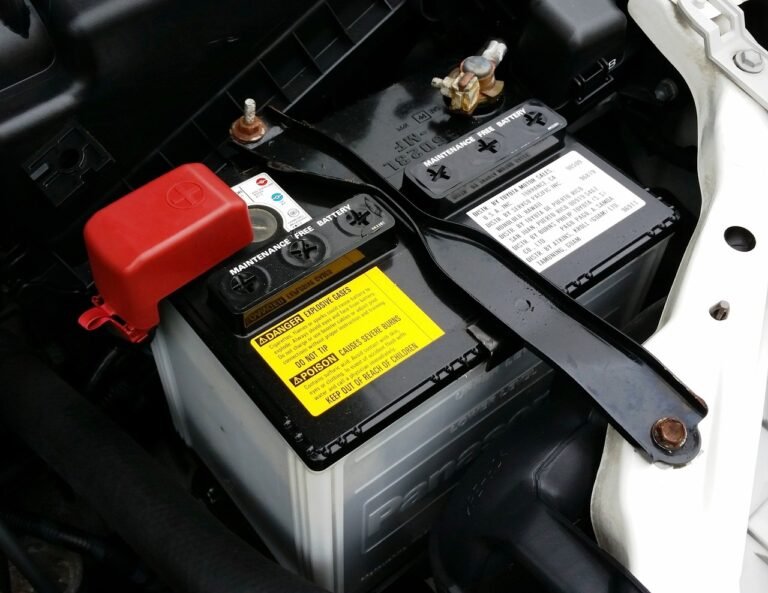Autonomous materials are materials that can protect itself, heal damage and indicate if it is damaged throughout the course of its life cycle without any active intervention. These materials are at the forefront of materials science research, as they hold great potential for many applications, such as drug delivery, prosthetics, battery materials and more.
One of the desired properties of autonomous polymers is self-protection. That is, the polymer is designed in such a way that it can protect itself from damage such as corrosion or heat damage. Usually, coatings that protect a material from corrosion offer a passive protection. When the material is damaged and the coating worn down, corrosion of the material may occur. Active protection can be supplied by having capsules distributed throughout the material that release corrosion inhibitors upon any damage to the material.
In many applications, over-heating of materials is a major issue. One such application is the aerospace industry, where atmospheric re-entry can result in materials having to withstand high temperatures. One way to design self-protecting materials for such a case is the use of cooling networks throughout the material. Vascular structures of hollow tubes are distributed throughout the material, which deliver fluids to cool down the material.
For batteries, over-heating poses another bigger concern, which is thermal runaway, which is a big safety hazard. Battery materials can be synthesized with a chemical “circuit breaker” of sorts, where high temperatures trigger processes which disrupt the material of the battery, causing the battery to shut down. Reversible shut down acts like a thermostat, where the disruption activated by high temperatures is reversed once temperatures return to a normal range.
A second desired property of autonomous polymers is self-reporting. That is, the polymer is able to indicate, by means of colour changes for example, when it has been damaged. One way to achieve this is to introduce mechanophores, which are chemicals that undergo chemical transformations when mechanical stress is applied. When activated by mechanical stress, these mechanophores undergo a reaction that changes the colour of the material. Another method is through encapsulating chemicals in microcapsules distributed throughout the material. When sufficient stress is applied, these microcapsules rupture, releasing the chemicals which then react with a catalyst in the polymer structure to give rise to a colour change.
But possibly the most important property of autonomous polymers is self-healing. Self-healing of damage in polymers can be achieved by supplying heat energy. Materials which become less viscous upon heating can flow and distribute the material to repair cracks and tears. Another method is using a material which contain chemicals that react to form chemical bonds when heat is supplied, allowing the formation of bonds to repair damage.
However, for many applications, it is more desirable for the material to undergo self-healing even without an external stimulus such as the application of heat. Polymers with structures that allow the formation of attractions such as hydrogen bonding can repair damages on the microscale without any external stimulus. However, self-healing of such material requires the damaged surfaces to be in close contact, thus making it unsuitable for healing of larger cracks and damage.
One other way to achieve self-healing is by encapsulating monomers in microcapsules distributed throughout the material. When damage is sustained by the material, these microcapsules rupture, releasing the monomers which then react with a catalyst in the polymer structure, polymerizing and filling up any cracks or ruptures.
Another way is through the distribution of vascular networks of tubes through the material to transport healing agents. The manufacture of such porous materials is usually difficult and unsuitable for commercial applications. However, there is research being done on a method of synthesizing such porous structures by vapourizing components in the polymer to leave behind a porous vascular structure, which can possibly be scaled up for commercial production.
Concluding, autonomous materials are highly suitable for applications where materials need to be robust and long-lasting, but intervention to repair or maintain the materials is difficult or prohibitive. This field of study will hopefully result in useful materials that can transform our lives in future.









